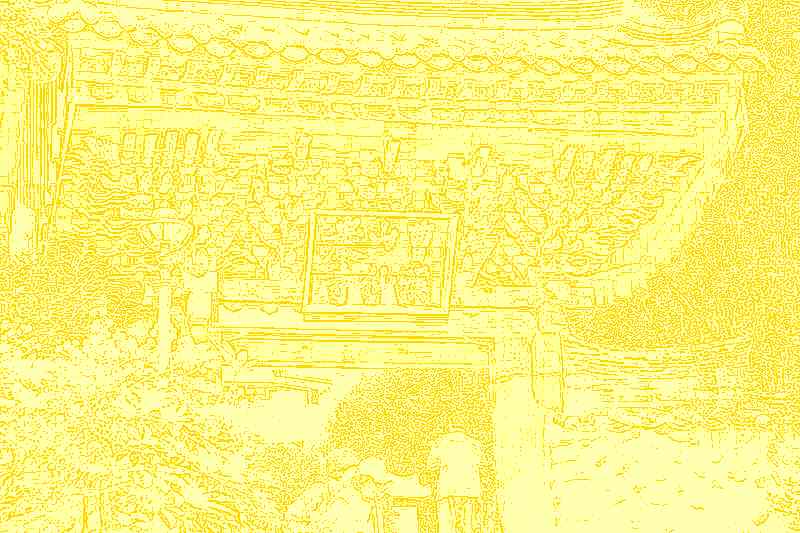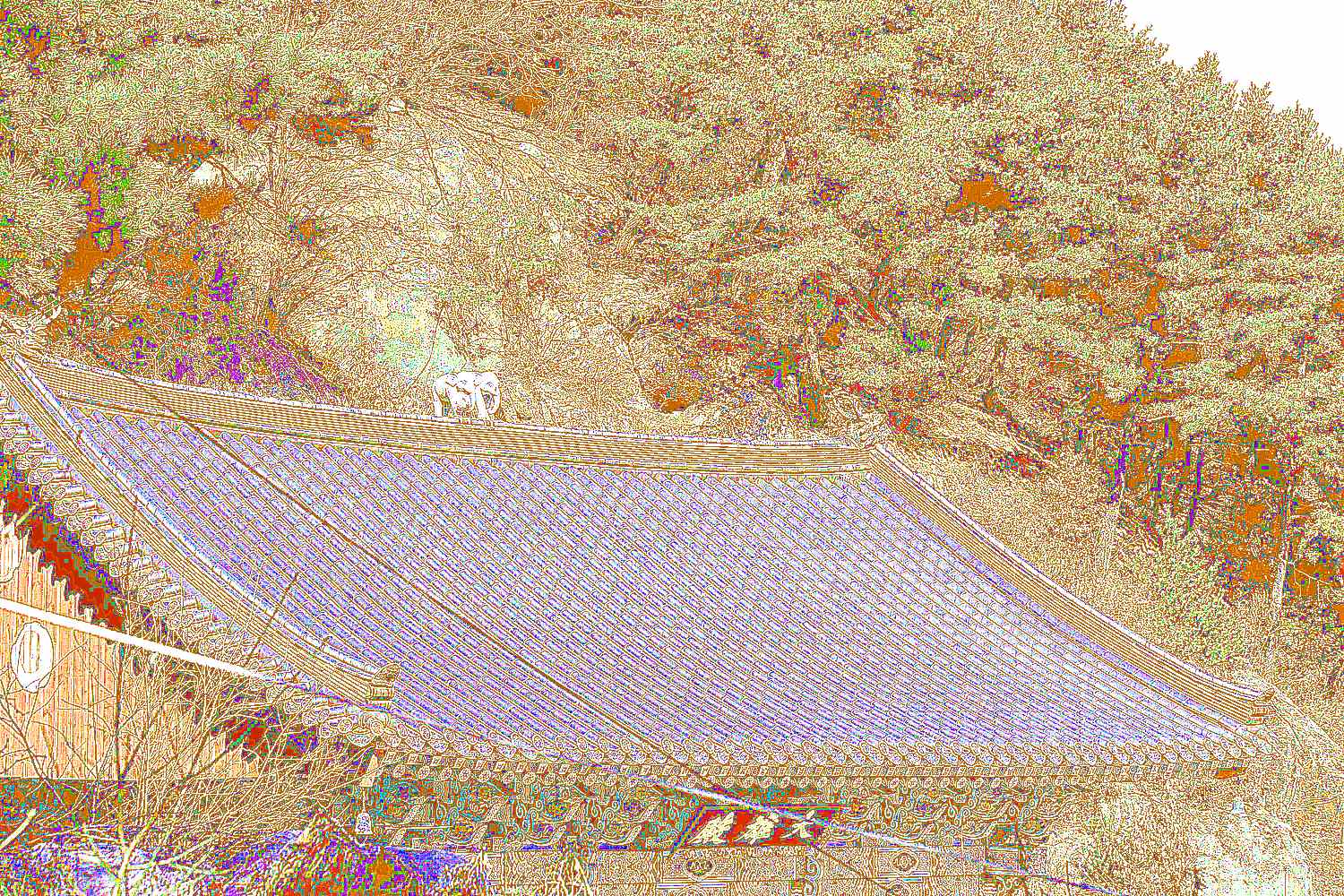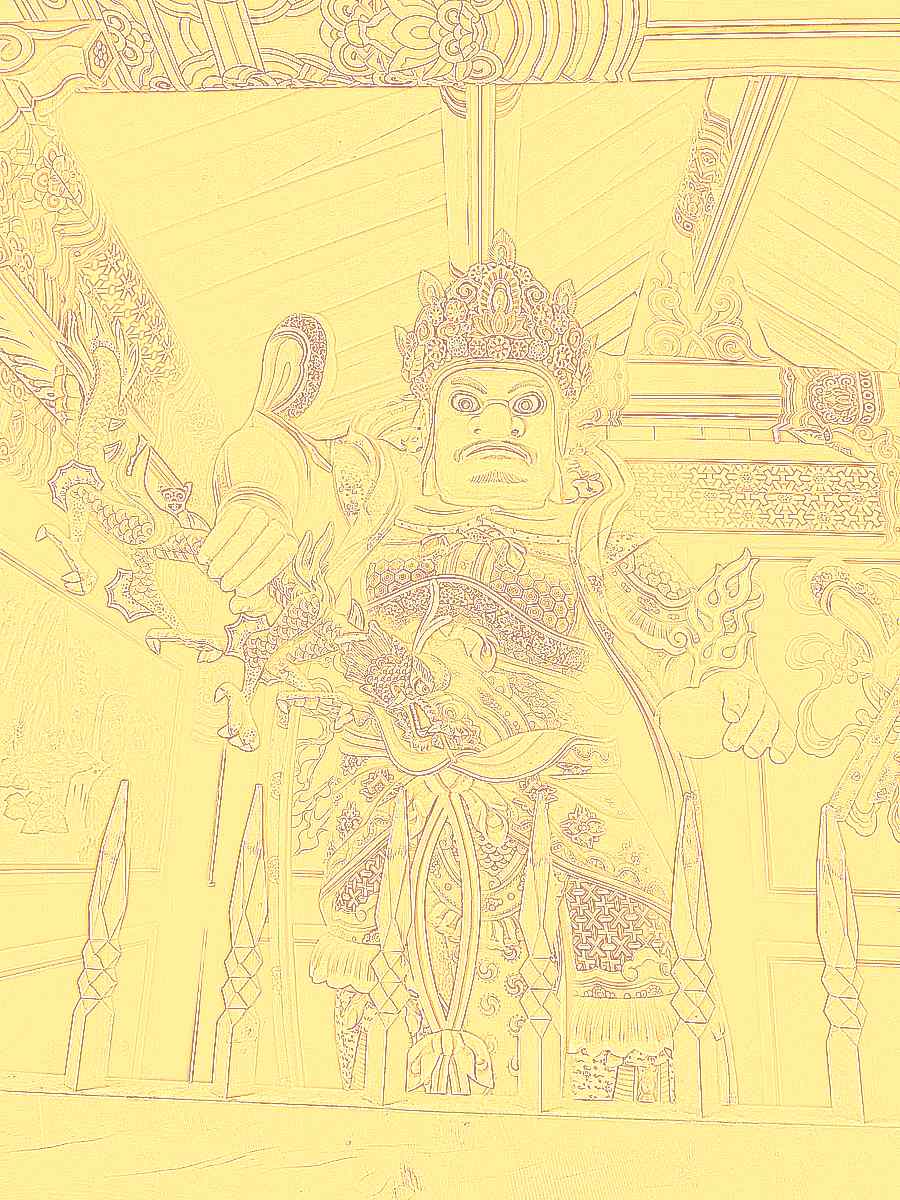『십송율』
K0890
T1435
십송율 제29권/전체61권
● 한글대장경 해당부분 열람I
● 한글대장경 해당부분 열람II
○ 통합대장경 사이트 안내
○ 해제[있는경우]
● TTS 음성듣기 안내
※ 이하 부분은 위 대장경 부분에 대해
참조자료를 붙여 자유롭게 연구하는 내용을 적는 공간입니다.
대장경 열람은 위 부분을 참조해주십시오.
● 자료출처 불교학술원 기금 후원안내페이지
『십송율』
♣0890-029♧
십송율 제29권/전체61권
♥아래는 현재 작성 및 정리 중인 미완성 상태의 글입니다♥
[페이지 내용 업데이트 관련 안내]
❋본문
◎[개별논의]
○ [pt op tr]
[#M_▶더보기|◀접기|

○ 2019_1105_153311_nik_exc

○ 2019_1105_131435_can_exc

○ 2019_1201_161316_can_exc_s12

○ 2020_0908_145420_can_ori_rs

○ 2020_0908_163531_can_ori_rs

○ 2018_1022_134717_nik_exc

○ 2020_1114_121259_nik_ori

○ 2020_1114_135713_can_ori

○ 2019_1104_115850_can_exc

○ 2021_1004_162643_can_exc_하동_고성산_약천사

○ 2021_1007_165734_can_exc부안_능가산_개암사

○ 2021_1004_110417_nik_exc의령_봉황산_일붕사

○ 2021_0214_113456_can_exc_s12춘천_오봉산_청평사

○ 2021_0929_083427_can_exc_s12양양_오봉산_낙산사

○ 2021_0214_124119_can_exc_s12춘천_오봉산_청평사

○ 2021_1006_140437_nik_exc_s12해남_달마산_미황사

○ 2021_1003_175143_can_exc_s12밀양_영축산_영산정사

○ 2023_0312_130304_nik_exc운악산_봉선사

○ 2011_0606_145416_exc_s12서울_북한산_화계사
● [pt op tr] fr
_M#]

○ 2016_0123_163635_nik_exc부안_능가산_내소사
❋❋본문 ♥ ◎[개별논의]
★%★
『십송율』
♣0890-029♧
![]()
◎◎[개별논의] ♥ ❋본문
★1★
◆vqto1377
| ◈Lab value 불기2568/12/17 |
|
English: Hojyuji (法住寺), in Kyoto, Kyoto Prefecture, Japan. 日付 2015年4月24日 原典 投稿者自身による作品 作者 Oilstreet ♥Blyth Australia
♥단상♥ |
|
문서정보 ori https://buddhism0077.blogspot.com/2024/12/2568-12-17-k0890-029.html#1377 sfed--십송율_K0890_T1435.txt ☞십송율 제29권/전체61권 sfd8--불교단상_2568_12.txt ☞◆vqto1377 불기2568-12-17 θθ |
■ 선물 퀴즈
방문자선물 안내페이지
다음에 해당하는 단어를
본 페이지
에 댓글로 적어주시면 됩니다.
떡이나 과자 따위를 담아서 불전에 공양하는 그릇.
답 후보
● 공화(供華)
관세음(觀世音)
관자재(觀自在)
광세음(光世音)
교답마(喬答摩)
교외별전(敎外別傳)
구나발타라(求那跋陀羅)
ॐ मणि पद्मे हूँ
○ [pt op tr]
[#M_▶더보기|◀접기|
■ 음악
Michel Berger - Tarzan
Daniel Balavoine - L'amour Garde Secret
Barbara Beghin - Pas Seulement Pour Lui
Aldebert - Besac (Live)
Marie-Paule Belle - Le Mal De Vivre
Rina Ketty - Sombreros Et Mantilles [1938]
Christophe - La Dolce Vita
■ 시사, 퀴즈, 유머
뉴스
퀴즈
퀴즈2
유머
■ 한자 파자 넌센스 퀴즈
040▲ 卯卬戊民半 ■ 묘앙무민반 40 ( 토끼 묘 /넷째 지지 묘 )( 나, 자신( 自身) 앙 / 위풍당당( 威風堂堂)한 모양 앙) ( 다섯째)천간( 天干) 무 / 무성하다( 茂盛--) 무 )( 백성 민 / 잠잘 면 )( 반 반 )
027▲ 㣺氏牙歹歺 ■ 심씨아알알 27 마음 심 )(각시 씨 / 성씨 씨, 나라 이름 지, 고을 이름 정 )(어금니 아/ 관아 아 )( 살 바른 뼈 알 / 몹쓸 대 )( 살 바른 뼈 알 ) 재춘법한자
【 】 ⇄✙➠
일본어글자-발음
중국어글자-발음
■ 영어단어 넌센스퀴즈- 예문 자신상황에 맞게 바꿔 짧은글짓기
■ 번역퀴즈
번역
번역연습(기계적 번역내용 오류수정 연습)
■ 영-중-일-범-팔-불어 관련-퀴즈
[wiki-bud] 9th Dalai Lama
[san-chn] sapta-rātriṃ-divasam 七日七夜
[san-eng] maṁsyante $ 범어 they will consider
[pali-chn] Vesākha 吠舍佉
[pal-eng] vihi.msati $ 팔리어 vi + hi.ms + ahurts; injures; annoys.
[Eng-Ch-Eng] 佛頂尊勝陀羅尼經 The Foding zunsheng tuoluoni jing; Skt. Us!n!i^s!avijaya^dha^ran!i^; Tib. de bzhin ghegs pa thams cad kyi gtsug tor rnam par rgyal ba shes bya ba'i gzungs rtog pa dang bcas pa (To.594, P.199; To. 595, P.197; To.596, P.201); (Dha^ran!i^ of the Jubilant Corona). An evocation of the Jubilant Buddha-Corona, Us!n!i^s!avijaya^ 尊勝佛頂, whose powers can prolong life and destroy the hardships of sam!sa^ra; fourth text of the Saptava^ra corpus. Translations exist in Khotanese, Uighur, Tangut and Mongolian ('Phags pa script) in addition to the many Tibetan and Chinese versions. The translations used in Shingon are those of Buddhapa^li (T 967), Fatian (T 978) and Wuche 武徹 (T 974c). Among the Chinese translations, Fatian's version corresponds to four Tibetan versions (To.598, P.200), while the earlier versions (1-5) match another Tibetan translation (To.597/984, P.198/609). The extant Chinese translations are: (1) 1 fasc. (T 967.19.349-353), Dha^ran!i^ of the Jubilant Buddha-Corona 佛頂尊勝陀羅尼經 tr. Buddhapa^li 佛陀波利. Chinese commentary: Fachong's 法崇 Meanings of the Doctrinal Traces 教跡義記 (T 1803). (2) 1 fasc. (T 968.19.353-355), Dha^ran!i^ of the Jubilant Buddha-Corona 佛頂尊勝陀羅尼經 tr. Du Xingkai 杜行顗. Chinese commentary: Xufa's 讀法 Commentary 佛頂尊勝陀羅尼經釋 (Z.92.146-163). (3) 1 fasc. (T 969.19.355-357), Triumphant Dha^ran!i^ 最勝陀羅尼經 tr. Diva^kara 地婆訶羅. The dha^ran!i^ of this recension appears in various Tang-era ritual manuals: Amoghavajra's 不空 Ritual Procedure for Recitation 佛頂尊勝陀羅尼念誦儀軌法 (T 972) and Ritual Procedures from the Yoga Collection for Feeding the Searing Mouths 瑜伽集要焰口施食儀軌, and S/ubha^karasim!ha's 善無畏 Ritual Procedure of Yoga 尊勝佛頂修瑜伽法儀軌 (T 973) (T 1320). (4) 1 fasc. (T 970.19.357-361), Sutra of the Dha^ran!i^ Spell of the Jubilant Buddha-Corona which Cleanses and Abolishes Karmic Burdens 最勝佛頂陀羅尼淨除業障咒經 tr. Diva^kara 地婆訶羅. (5) 1 fasc. (T 971.19.361-364), Dha^ran!i^ of the Jubilant Buddha-Corona 佛頂尊勝陀羅尼經 tr. Yijing 義淨. (6) 1 fasc. (T 974a.19.383-384), Dha^ran!i^ of Buddha-Corona the Triumphant 最勝佛頂陀羅尼經 tr. Fatian 法天. (7) 1 fasc. (T 978.19.407-410), Sarvatatha^gatos!n!i^s!avijaya^-dha^ran!i^ (de bzhin gshegs pa thams cad kyi gtsug tor rnam par rgyal ma'i gzungs shes bya) 一切如來烏瑟膩沙最勝總持經 tr. Fatian 法天. A phonetic transcription which corresponds to Dhya^nabhadra's version. (8) 1 fasc. (T 979.19.410) Us!n!i^s!avijaya^-dha^ran!i^ 于瑟沙毗左野陀囉尼 tr. Dhya^nabhadra 指空. BGBT4/102-5. Sanskrit Edition: F. Max Muller and Bunyu Nanjio. Anecdota Oxonensia^ryan Series vol.1 part III, Oxford, 1884.
[Muller-jpn-Eng] 行捨 ギョウシャ (term) equanimity, indifference
[Glossary_of_Buddhism-Eng] FIVE PRECEPTS☞
See also: Ethics; Precepts.
Five basic prohibitions binding on all Buddhists, monks and
laymen alike. “Traditionally, laymen should observe five precepts:
(1) not to take life, (2) not to take what is not given to one, (3) not
to engage in improper sexual conduct, (4) not to lie, and (5) not to
drink intoxicants.”
Background:
“In Buddhist tradition, the principles governing human conduct relate
the characteristic condition of humanity (suffering, unease, illness,
caused by the basic evil of Desire) to the recognized goal of Buddhist
endeavour, viz. complete enlightenment. Buddhist ethics thus favours
those attitudes and kinds of behaviour which help humanity towards
the ultimate goal of transcendental enlightenment. As an intermediate
criterion, the goal of auspicious and wholesome rebirth [in a Pure Land]
is important: whatever is conducive to this end is to be encouraged;
whatever detracts is to be discouraged or renounced. The outworking
of the Buddhist ethic is seen at the most elementary level in the 5
basic moral precepts, binding upon all Buddhists, monastic and lay.”
Note: According to Buddhist teaching, keeping the Five Precepts
results in rebirth in human form, while keeping the Ten Precepts
results in rebirth as a deva (deity). Since the human and celestial
realms are still subject to birth and death, however, rebirth there is
not the goal of Pure Land Buddhists. They seek rebirth in the Land
of Amitabha Buddha, a realm transcending birth and death.
Anyone who keeps the five or ten precepts (basic moral prohibitions)
reaps the rewards of human and celestial rebirth, respectively. Such a
person need not be a Buddhist as these rewards are a corollary of the
Law of Cause and Effect which the Buddha did not invent but merely
discovered.
[fra-eng] vineuxse $ 불어 ruby coloured
[chn_eng_soothil] 故意方行位 The third to the seventh of the 十地 ten bodhisattva stages of development.
[vajracchedikā prajñāpāramitā sūtraṁ] ▼●[羅什] 何以故? 如來所說身相, 卽非身相.」
무슨 까닭인가 하오면, 여래께서 몸매라고 말씀하시는 것은 몸매가 아니기
때문입니다.”
[玄奘] 何以故? 如來說諸相具足, 即非諸相具足.
[義淨] 何以故? 如來說勝相, 即非勝相.
05-03 तत्कस्य हेतोः ? या सा भगवन् लक्षणसंपत्तथागतेन भाषिता सैवालक्षणसंपत्।
tatkasya hetoḥ | yā sā bhagavan lakṣaṇasampattathāgatena bhāṣitā
saivālakṣaṇasampat |
그것은 어떤 이유인가 하오면, 복덕갖춘분이시여! 그렇게오신분에 의해 ‘모습의
갖춰짐’이(라) 일컬어진 그것은 바로 ‘모습 아님의 갖춰짐’이(라 일컬어진 것입니다).”
문장분석 KEY : ‘동사가 없을 때는 관련문장에서 빌려온다.’ or 'dehalidīpanyāya'
▼▷[tatkasya] ① tat(pn.ƿ.nom.) + kasya(pn.ƾ.gen.) → [그것은、 어떤]
② tat(pn.ƿ.nom.acc.sg.) < tad(pn. that, he, it, she)
② kasya(pn.ƾƿ.gen.sg.) < kim(pn. which thing, who, what)
▼[hetoḥ] ① hetoḥ(ƾ.gen.) → [이유의? → 이유인가 하오면,]
② hetu(ƾ. cause, reason, motive; source, origin; a means or instrument)
▼▷[yā] ① yā(pn.Ʒ.nom.) → [(어떠한) 그것인]
② yā(pn.Ʒ.nom.sg.) < yad(who, which, what)
▼[sā] ① sā(Ʒ.nom.) → [그]
▼[bhagavan] ① bhagavan(ƾ.voc.) → [복덕갖춘분이시여!]
② bhagavat(nj. glorious, illustrious: ƾ. a god, deity; of Buddha)
▼[lakṣaṇasampattathāgatena] ① lakṣaṇa+sampat(Ʒ.nom.) + tathāgatena(ƾ.ins.) →
▼[‘(+32가지) 모습의 갖추어짐’이、 그렇게오신분에 의해]
② lakṣaṇa(ƿ. a mark, token, sign; a symptom [of a disease]; an attribute, a quality)
② sampad(Ʒ. wealth, riches; prosperity; good fortune; success, fulfillment, accomplishment)
② tathāgata(nj.ƾ.) < tathā(ƺ. in that manner, so, thus) + āgata(p.p. come, arrived)
▼[bhāṣitā] ① bhāṣitā(njp.→Ʒ.nom.) → [일컬어졌습니다.] → ~ 일컬어진 것은…
yā~ sā~ : [형용절] ‘모습의 갖추어짐’이란 어떤 그것이 여래에 의해 일컬어졌다.
+ 그것은 바로 ‘모습 아님의 갖추어짐’이 (일컬어진 것이다.) → [형용구] 여래에
의해 ‘모습의 갖추어짐’이라 일컬어진 그것은 바로 ~
② bhāṣita(p.p. spoken, said, uttered)
▼[saivālakṣaṇasampat] ① sā(Ʒ.nom.) + eva(ƺ.) + a|lakṣaṇa+sampat(Ʒ.nom.) →
▼[그것은、 실로(→바로)、 ‘(+32가지) 모습 아님의 갖추어짐’이 (+일컬어진 것입니다).”]
② eva(ƺ. indeed, truly, really; just so, exactly so truly)
출처 봉선사_범어연구소_현진스님_금강경_범어강의
『능단금강반야바라밀다경』(能斷金剛般若波羅密多經) - 범어 텍스트 vajracchedikā prajñāpāramitā sūtraṁ
♣K0116-001♧
♣K0117-001♧
■ 삼매_게송퀴즈
■ 오늘의 게송
[352일째]
세간도사불가설 $ 094▲娑婆羅娑婆羅為 一 ● 迷攞普, ○□□□□,演,彼,清,彼
□□□□□□□, 演說讚歎不可說,
彼諸菩薩不可說, 清淨功德不可說,
□□□□□□□, 연설찬탄불가설,
피제보살불가설, 청정공덕불가설,
世間導師不可說,
세상의 길잡이됨 말할 수 없고
연설하고 찬탄함을 말할 수 없고
저 모든 보살들을 말할 수 없고
청정한 그 공덕을 말할 수 없고
095□
[354째]
흔요제불불가설 $ 096▲者麼羅者麼羅為 一 ● 馱麼羅, ○□□□□,智,善,於,三
□□□□□□□, 智慧平等不可說,
善入諸法不可說, 於法無礙不可說,
□□□□□□□, 지혜평등불가설,
선입제법불가설, 어법무애불가설,
欣樂諸佛不可說,
부처님을 반기는 일 말할 수 없고
지혜가 평등함을 말할 수 없고
여러 법에 잘 들어감 말할 수 없고
여러 법에 걸림없음 말할 수 없고
●K0902_T1436.txt★ ∴≪A십송비구바라제목차계본≫_≪K0902≫_≪T1436≫
●K0890_T1435.txt★ ∴≪A십송율≫_≪K0890≫_≪T1435≫
●K0579_T1568.txt★ ∴≪A십이문론≫_≪K0579≫_≪T1568≫
■ 암산퀴즈
863* 429
764430 / 830
■ 다라니퀴즈
구족수화길상광명대기명주총지 27 번째는?
불정광취실달다반달라비밀가타미묘장구(佛頂光聚悉怛多般怛羅秘密伽陁微妙章句) 430 번대 10개 다라니는?
부처님 108 명호 28 번째는?
27 일체 중생의 정기가 사업을 잘 이루도록 증장시키며,
시 례, 諀<匹里反>隸<二十七>
bhire,
(~!~) 윤회에 얽매이지 않고 법륜을 펼쳐,
『대승대집지장십륜경』
♣0057-001♧
430 바저라 ◐跋折囉<四百三十>◑vajra
431 아리반타 ◐阿唎畔陁<四百三十一>◑ariㆍbandha
432 비타니 ◐毘陁你<四百三十二>◑vidhani
433 바저라바니바 ◐跋折囉波尼泮<四百三十三>◑vajraㆍpāṇi phaṭ//
434 호훔 ◐呼吽<四百三十><四>◑hūṃ
435 도로훔 ◐咄嚕吽<三合四百三十五>◑trūṃ
436 사바하 ◐莎皤訶<四百三十六>◑svāhā//
437 옴훔 ◐唵吽<四百三十><七>◑Auṃ
438 비로뎨 ◐毘嚕提<四百三十八>◑virūdhaka
439 사바하 ◐莎皤訶<四百三十九>◑svāhā//
● 그러고도
이 선남자가 부모에게 받은 몸으로 마음을 통달하지 못한다면,
10방 여래의 말씀은 곧바로 허망한 말[妄語]이 되리라.”
불정광취실달다반달라비밀가타미묘장구(佛頂光聚悉怛多般怛羅秘密伽陁微妙章句) - 『대불정여래밀인수증요의제보살만행수능엄경』
♣K0426-007♧
028
청정계(淸淨戒)를 지키신 이께 귀의합니다.
南無淸淨戒
『불일백팔명찬』佛一百八名讚
♣1183-001♧
370227
921
법수_암기방안
96 족근 足跟 ~ 발꿈치 【족근】
43 꼬마(새끼)발가락 the little toe
27 새끼마디 [little finger-넉클knuckle]
2 염통 【심장】
28 새끼 ( LITTELE finger)
94 검지(~두째) 발가락 [신조어 ]
152 eye 眼 【안】 눈
■ 오늘의 경전 [이야기, 게송,선시 등]
2568_1219_015859 :
대장경 내 게송
어째서 ‘나’없음을 기뻐하지 않나
출전:
한글대장경 K0583_T1571
대승광백론석론(大乘廣百論釋論) 성천보살본.
호법보살석.
당 현장역
大乘廣百論釋論 【聖天菩薩本.
護法菩薩釋.
唐 玄奘譯】
출처 불교기록문화유산아카이브 통합대장경
https://kabc.dongguk.edu/m
■요가자세 익히기
팔 옆으로 벌렸다 모으기

○ 2019_1106_151850_nik_ct4_s12

○ 2019_1106_152529_nik_ct8

○ 2019_1105_164844_nik_exc_s12

○ 2019_1106_135548_can_ar47

○ 2019_1105_111504_can_ar31_s12

○ 2020_0211_134600_can_ar38

○ 2020_0211_135146_can_ar38

○ 2020_0904_132651_can_CT33

○ 2020_0907_124327_nik_AB7

○ 2020_0910_115148_nik_ct5

○ 2020_1017_154045_can_bw0_s12

○ 2020_1017_165451_nik_ar47

○ 2018_1022_133021_nik_BW22

○ 2018_1023_141406_can_Ar12

○ 2019_0106_150218_can_ab41_s12

○ 2020_1114_114257_nik_ct18_s12

○ 2020_1114_161143_can_ct18_s12

○ 2021_1002_183236_nik_CT27경주_함월산_골굴사

○ 2021_1001_111002_can_Ab31_s12안동_천등산_봉정사
● [pt op tr] fr
_M#]

○ 2019_1106_152253_nik_Ab35
™善現智福 키워드 연결 페이지
https://buddhism0077.blogspot.com/2020/06/keyword.html
○ [pt op tr]
● 십송율_K0890_T1435 [문서정보]- 일일단상키워드
[#M_▶더보기|◀접기|
[관련키워드]
십송율 제29권/전체61권
■ 본 페이지 ID 정보
불기2568-12-17_십송율-K0890-029
https://buddhism0077.blogspot.com/2024/12/2568-12-17-k0890-029.html
sfed--십송율_K0890_T1435.txt ☞십송율 제29권/전체61권
sfd8--불교단상_2568_12.txt ☞◆vqto1377
불기2568-12-17
https://blog.naver.com/thebest007/223698403824
https://buddhism007.tistory.com/18195
htmback--불기2568-12-17_십송율_K0890_T1435-tis.htm
● [pt op tr] fr
_M#]




댓글 없음:
댓글 쓰기
What do you think is the most important?
Do you know why this is the most important?